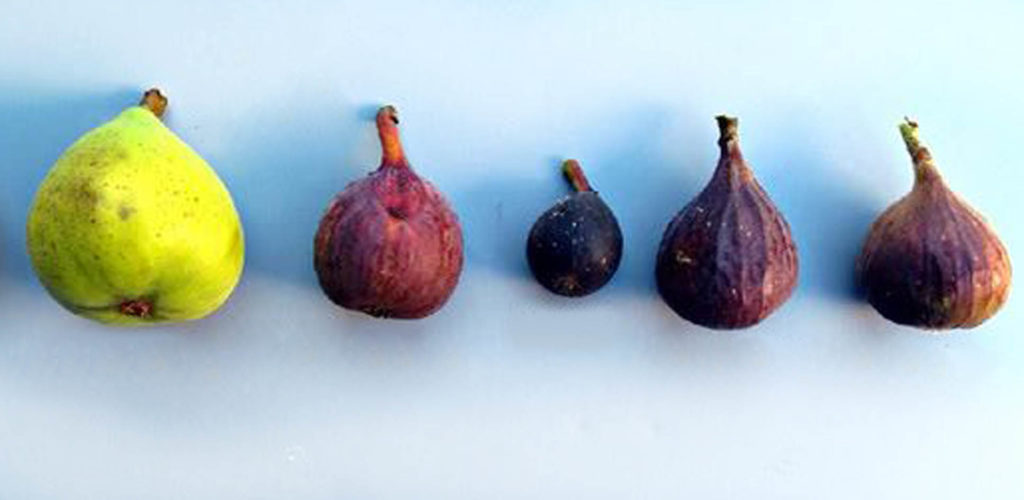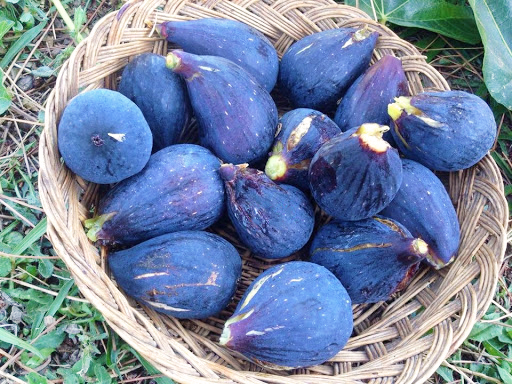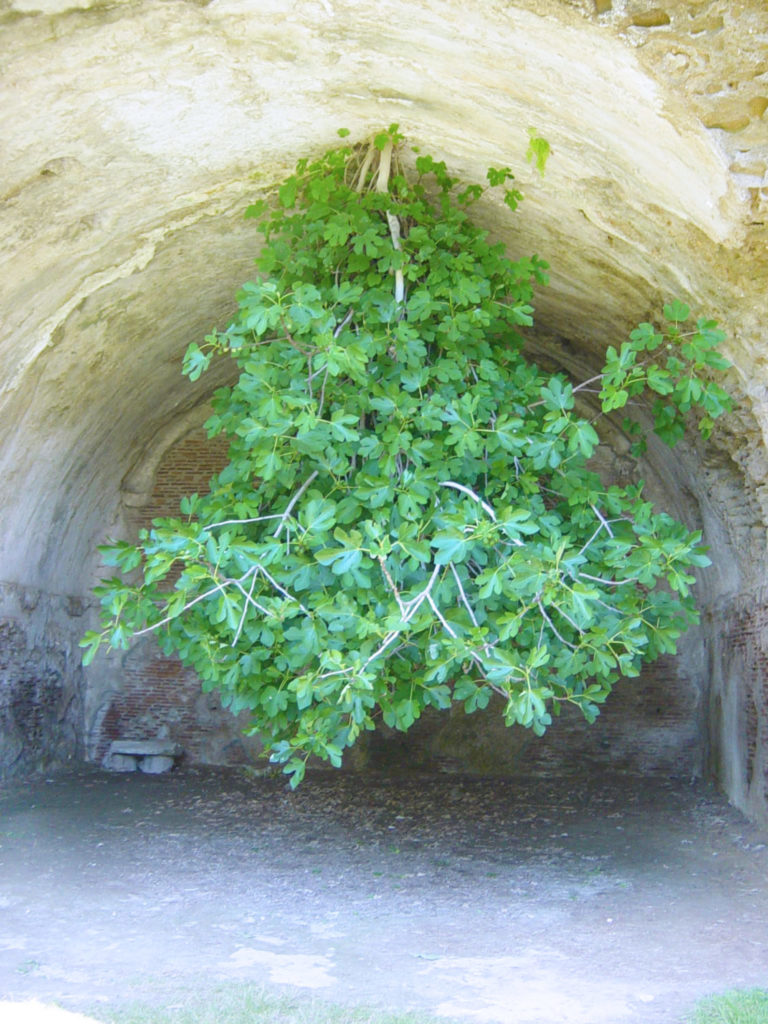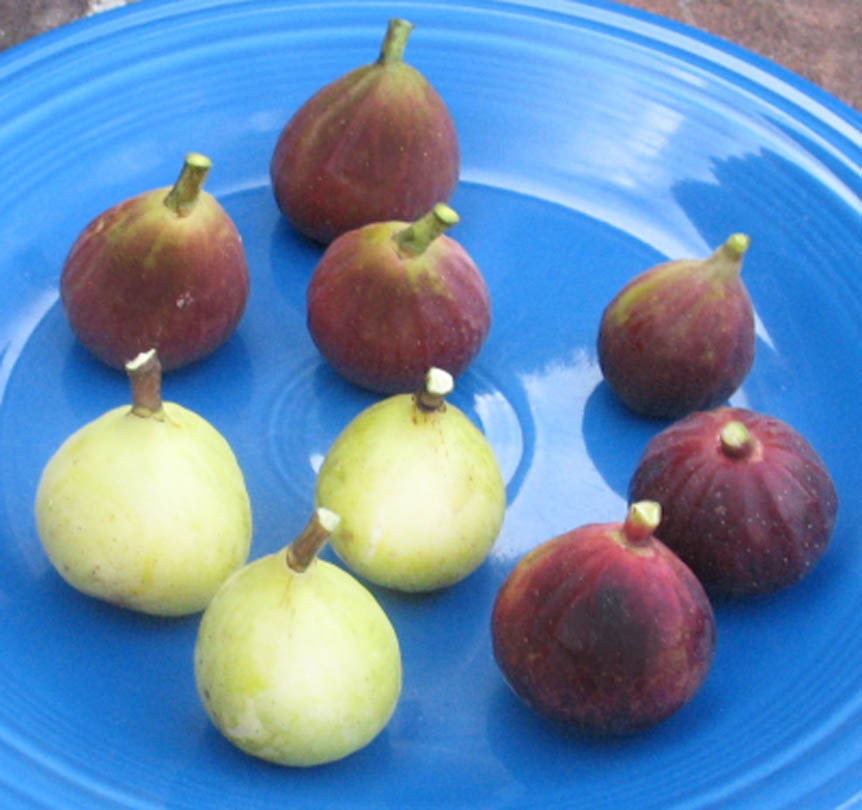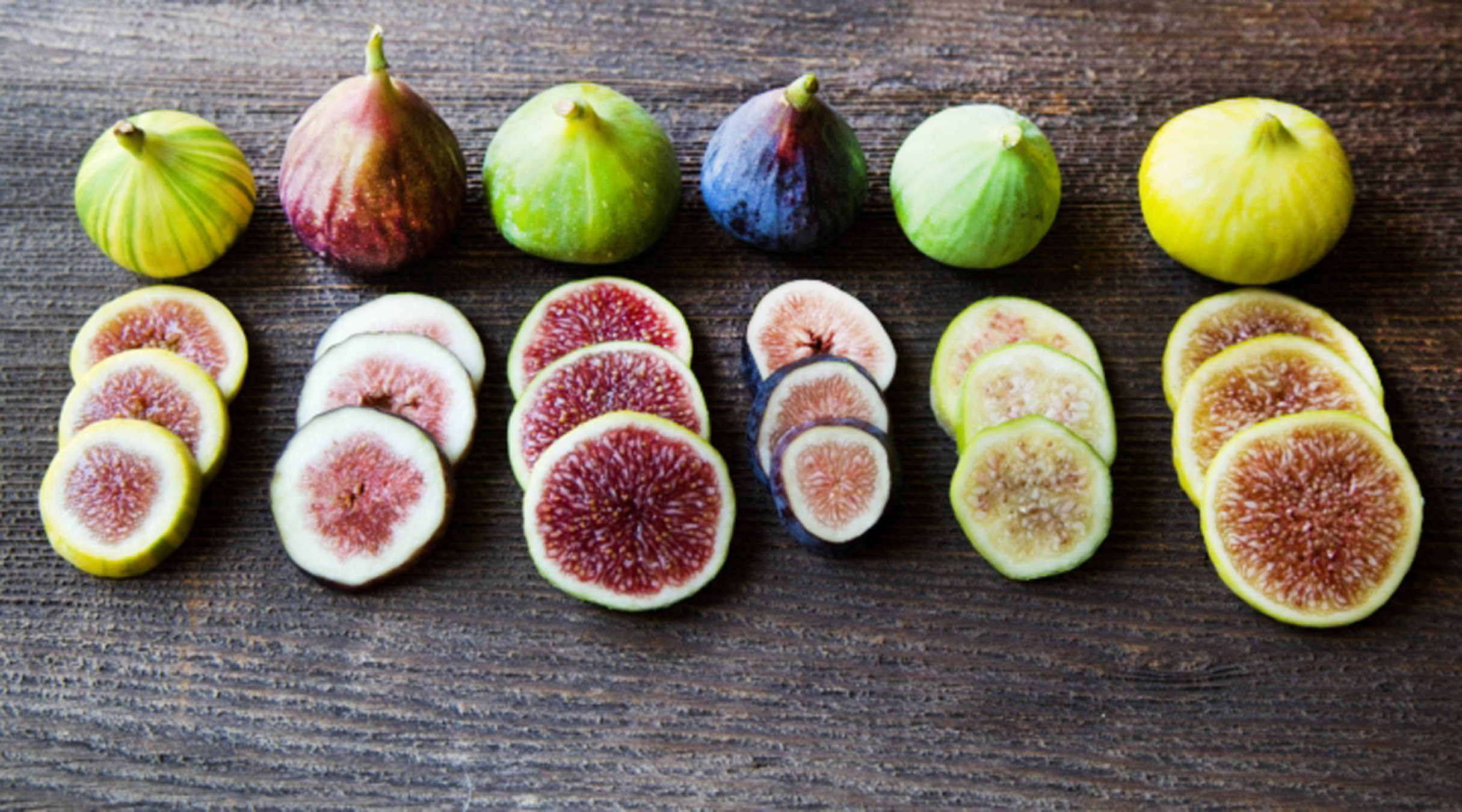figs and italian culture
The Italian culture and tradition have many old world beliefs that are followed today among Italian American families. Their prolific gardens are among the most enduring and delicious. It does not seem to matter whether they came from the hills or the coast, there was a passion for growing that was as imbedded as their own DNA. Figs have long held an esteemed position in Italian culture representing fertility, peace and prosperity.
To describe a fig tree as a member of the family is going a bit too far, but just a bit. Revered, pampered, watched, watered and pruned, it is safe to say that if most of our possession were shown the same degree of love and attention, they would last forever.
Ficus carica is a species of flowering plant in the mulberry family and is known as the common fig, the same name that we give to its fruit. Although botanists describe the species as a shrub, fig trees commonly reach 25 feet in height in Italy, with some reaching 30 feet or more. A few varieties in southern Italy have topped out at 50 feet and can live for a century.
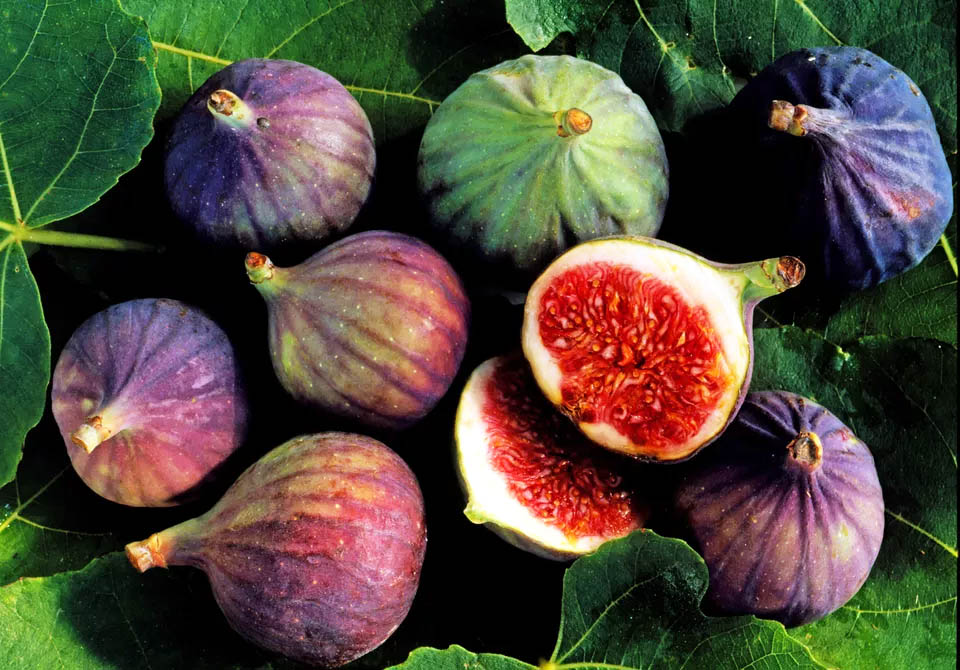
where figs can be found
The common fig contains only female flowers and propagates without pollination, but within the family, there are hundreds of varieties. The fruit may be oval or pear-shaped and may be white, green, red or purplish-black.
In Italy, fig trees grow wild in sunny locations that range from the coastal plains to elevations of up 5,500 feet. More adaptable than most plants, the fig will tolerate seasonal droughts. This is due to their aggressive root system which helps it to survive in inhospitable locations. The roots of the fig tree grow much deeper than the trees’ height. One specimen was found to have roots extending more than 300 feet below the surface. This condition makes it difficult for the fig tree to adapt to city living, but as countless Italian Americans have proven, ‘where there’s a will, there is a way’ and although fruitless ficus trees are grown ornamentally indoors, getting a fig tree to produce fruit while growing in a container is true testament to the gardener’s skill.
Before the widespread use of sugar, it was the fig that was used to sweeten desserts and it is still the main ingredient in popular Italian holiday dishes. Even non-Italians in America gained an appreciation for it when the Fig Newton cookie was introduced in 1891, but that is recent history for a venerable and delicious fruit.
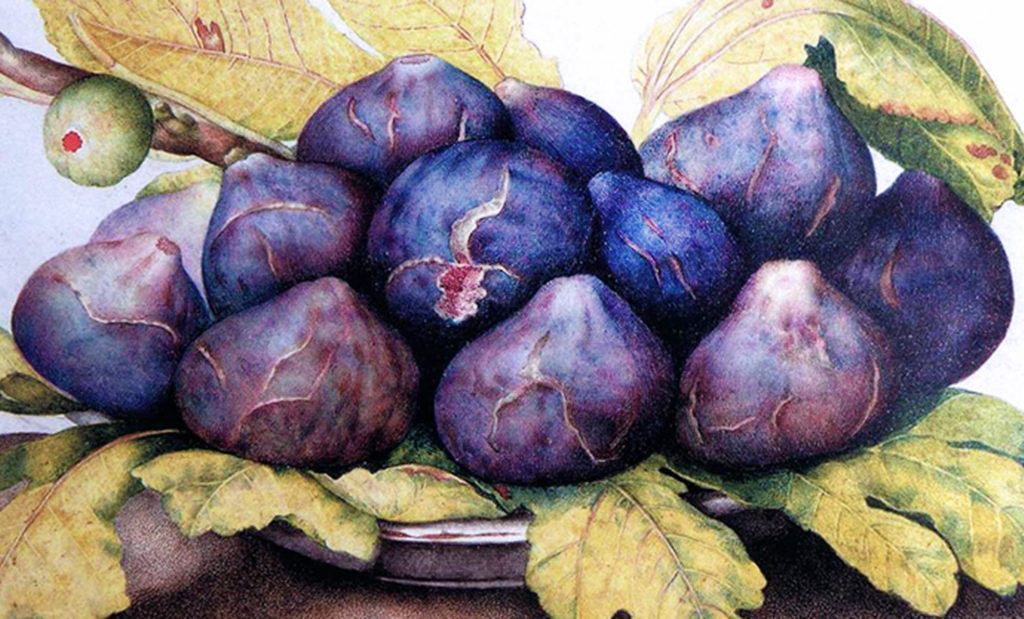
the origins of figs in italy
Botanical archeologists believe that the fig was the first crop to be cultivated by humans, going back over 11,000 years, a millennium before man planted legumes, wheat or barley. The fig appears throughout the Bible, beginning with Adam and Eve, who used fig leaves to cover themselves and it is likely that the Forbidden Fruit in the Garden of Eden was a fig and not an apple.
Figs are intertwined in many ways with the history of Italy. Symbolically, the fruit is included in the legend of the founding of Rome. When Romulus and Remus were placed into a basket that was cast into the Tiber River, they survived when the basket came to rest beneath…you guessed it – a fig tree! Figs were a common food for Romans. Cato the Elder even lists his five favorite varieties of figs in his “De Agri Cultura” from the second century BC. Figs may have also figured into the death of Rome’s first Emperor, Augustus. He died at the age of 75 in the year 14 AD, officially from natural causes. But for two thousand years, rumors have persisted that he succumbed to poisoning, orchestrated by his wife Livia. The deadly poison was spread over figs still on trees in the garden. Either due to her horticultural skills or maybe due to the supposed instrument of her husband’s death, a popular variety of fig was named Liviana, which was cultivated in Roman gardens for centuries.
Although the numerous regions in the north of Italy produce delicious figs, it is in southern Italy that figs thrive like nowhere else. In the areas of Calabria, Campania, Puglia and Sicily, the rich soil and hot climate in the summer make ideal conditions for the fig tree. The fruits are usually ripe in August and ready to pick. It is said that if you throw a half-eaten fig onto the soil without even digging a hole, overtime, you will see a fig tree grow.

uses of figs
The versatile fruit is used to make jam and is included in countless recipes for cookies and cakes. Figs can be eaten fresh off the tree or dried. The Dottato fig variety, which is called the Kadota in the United States, is the most common type found in Calabria, Puglia and Campania. It has green skin, with a golden white interior. Creamy and sweet, it is also perfect for drying. Botanists consider it to be the most important fig variety in the world.
La Festa di San Giuseppe
The two most common varieties of fig cultivated in Sicily are the Sicilian White, which is actually yellowish green and the Sicilian Black, which ripens to a deep purple. Undomesticated wild figs also grow in Sicily. The green, thick-skinned fruit is small and relatively bitter when compared to the cultivated varieties.
Genoa is known for its hearty variety called the Paradiso. It can withstand temperatures as low as 15°F and yields a juicy fig with green skin and reddish pulp. The Val Camonica fig is grown through areas of Lombardy and the Piedmont. It is smaller than the figs of southern Italy and has a very deep purplish color when ripe. Bianchetta is a small white fig that tolerates colder climates better than nearly all other figs. It is grown throughout Italy in the hills and lower parts of the mountains.
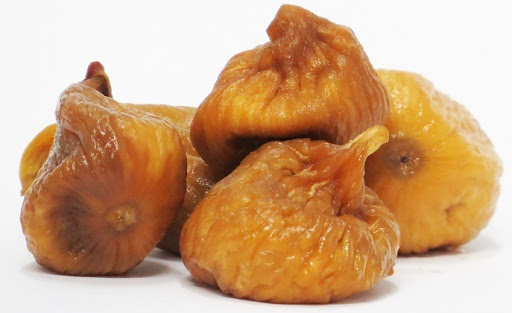
different fig species
Tuscany is best known for the White Triana fig. The fruit has yellowish skin and juicy, reddish flesh, but the young trees are very intolerant of cold weather. San Pietro figs grow on the island of the same name off the coast of Sardinia. The fig is named after St. Peter since the tree bears fruit coinciding with the saint’s birthday of June 29. The fruit’s skin has a dark brown color and its fruit has a reddish hue.
The Tarantella fig tree is named after the city in Puglia. The round Tarantellas have brown skin and juicy, sweet fruit. It can also produce two crops per year, if the second crop is pollinated. Some of the lesser known, but excellent varieties found in the south of Italy include the Ischia Black, an outstanding medium-sized fig, named for the southern island. Fico Santo is another top quality variety producing large sweet round figs, with a light green skin and red pulp. Finally, from Sicily is the Melanzana. Its large reddish brown figs have a rich flavor and are among the most esteemed and highest quality figs in the world.
Why do Italians like figs so much? It could be because the fruit contains over 55 percent natural sugar, while also being high in antioxidants and fiber, containing vitamins and minerals such as B1, B2, potassium, iron and calcium. Perhaps it is one of the ingredients that allows those from southern Italy to enjoy such long lives, as if there were not already enough reasons to enjoy the fig.
